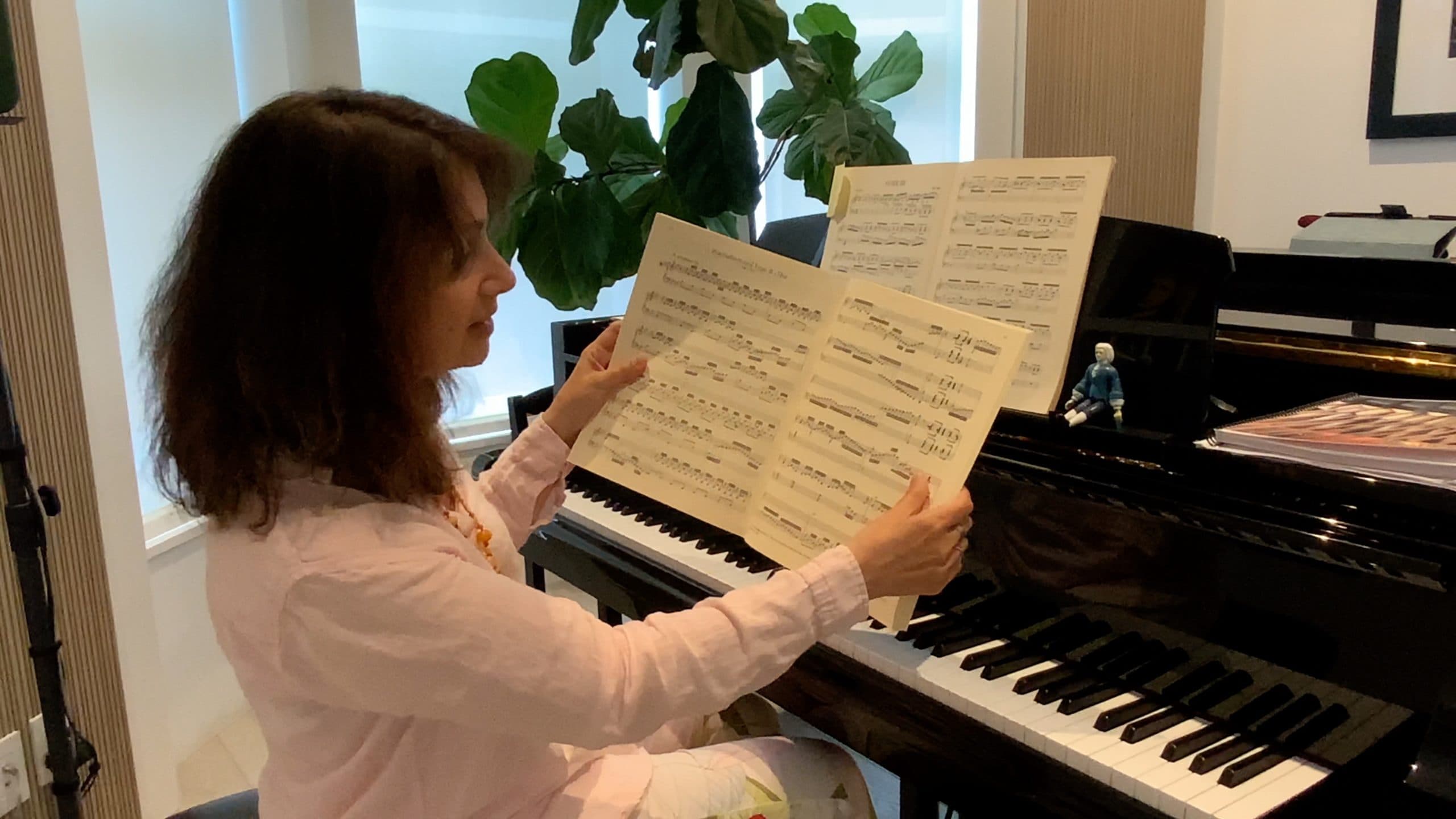How often do you take the time to look at your sheet music without playing the piece at the same time? To analyze it and try to understand the composer’s language, building blocks and structural scheme? Franz Liszt’s students reported that their very first lesson on any piece always dealt with score analysis. As a composer, Liszt understood how crucial such an examination would be. To do classical music justice, we all must take the time to really look at the text. This Practice Tip video guides you through analysis of J.S. Bach’s Prelude in B-flat major WTK I as an example.
With Bach specifically, this process must start with identifying the note patterns and the way he manipulates them. Firstly, examine the subject. What are its building blocks? Are there rests or does it flow smoothly? Does it move up, down, what are the intervals? Then the countersubject and the episodes: do they use fragments of the subject? How? Are any patterns inverted (stated upside down) or augmented (stated in longer notes)? What key centers does Bach travel through? Do we have a contrasting mode, relative major or minor, for example? Are there diminished harmonies, connoting tension and drama? Does he avoid dominant/tonic cadences by resolving into unexpected chords? Finally, where are the cadences and how do they divide the piece into larger sections? All of these questions will help us advance from just playing the “right notes at the right time” to playing music and understanding the composer’s language. We will be able to see how every note fits into the “big picture.” Instead of going through the motions and wondering if we are doing it right, a whole new area of the brain will be actively engaged in the experience. And although all this may sound serious, it’s the best kind of fun.
